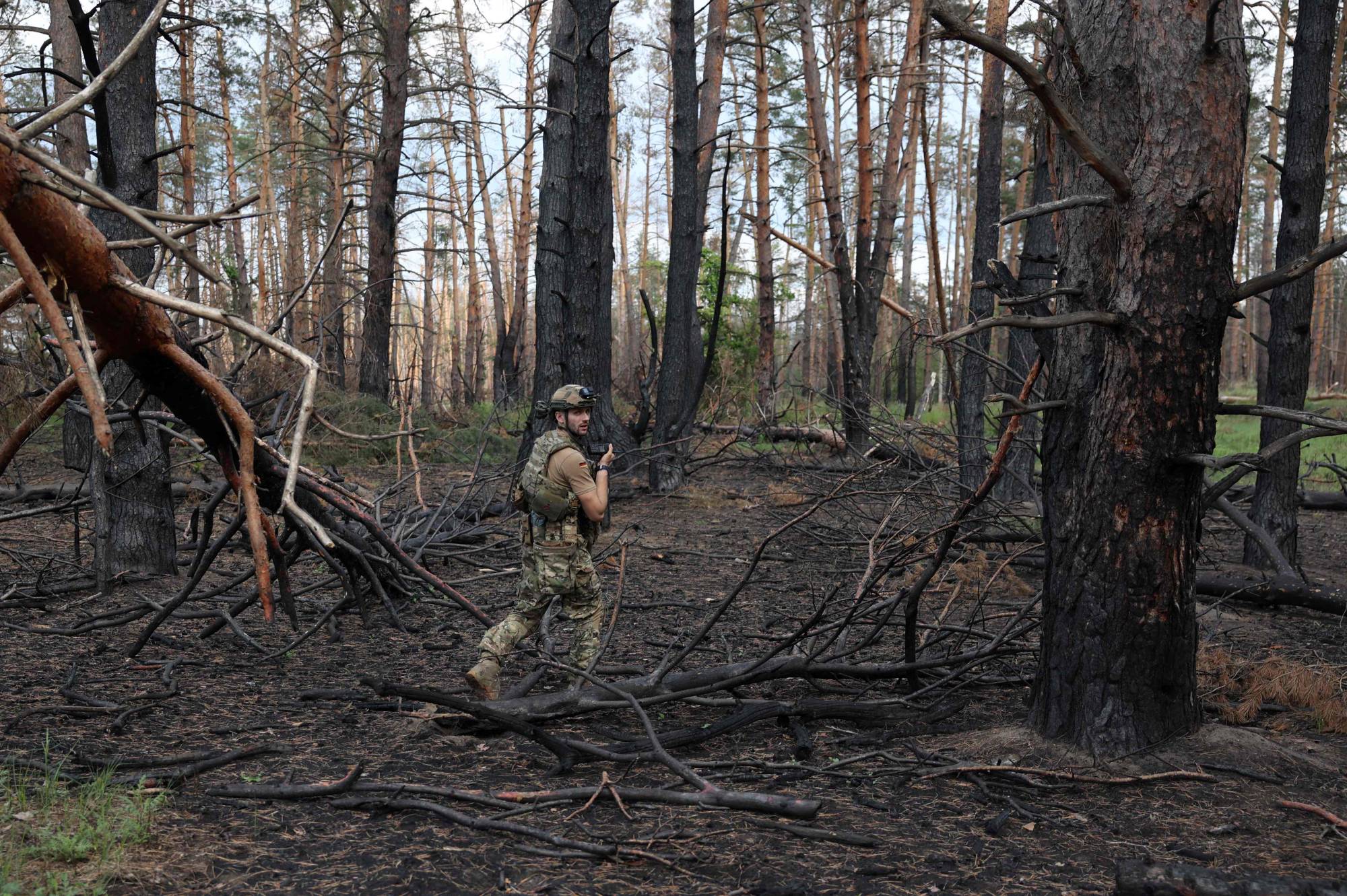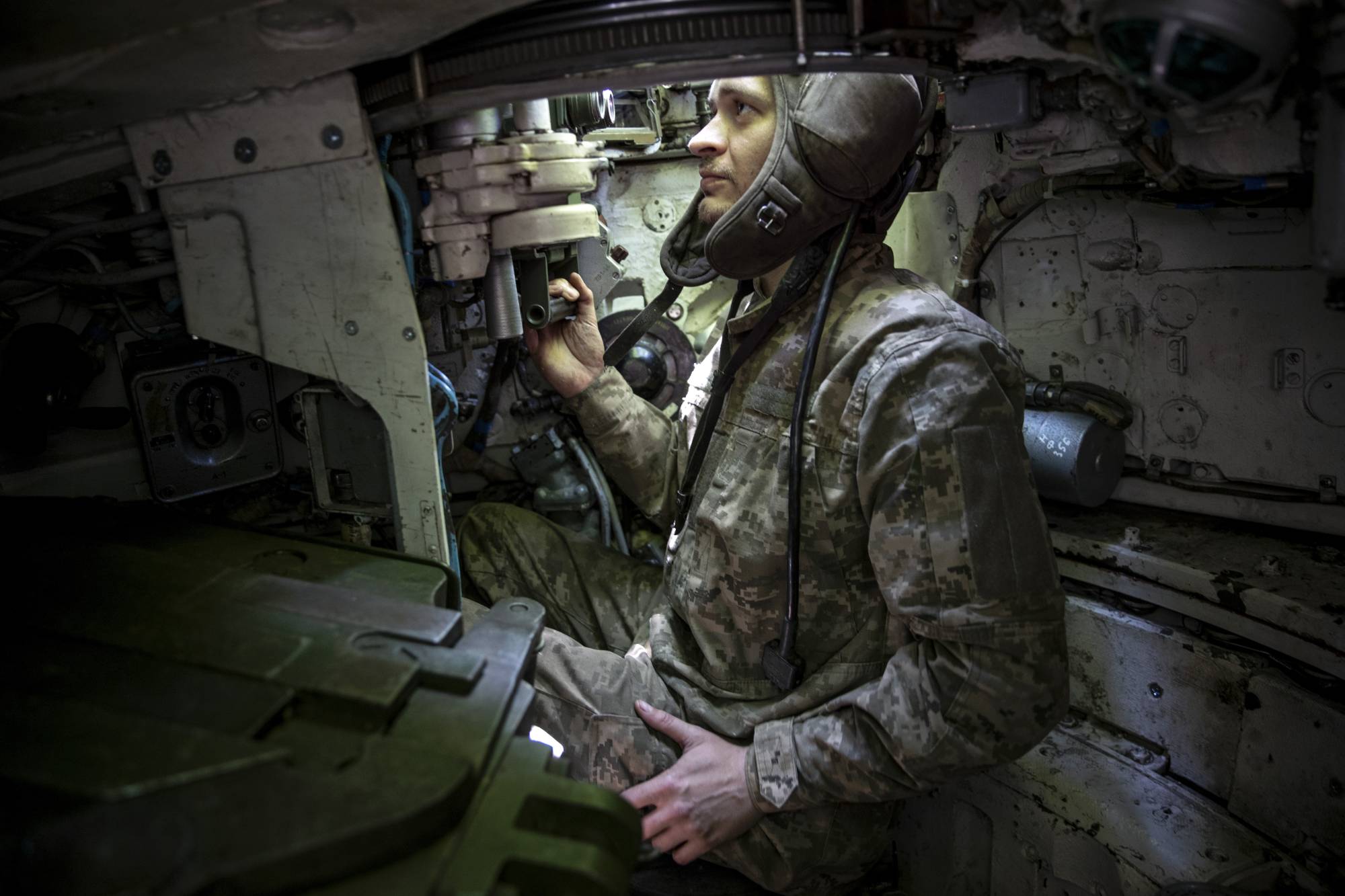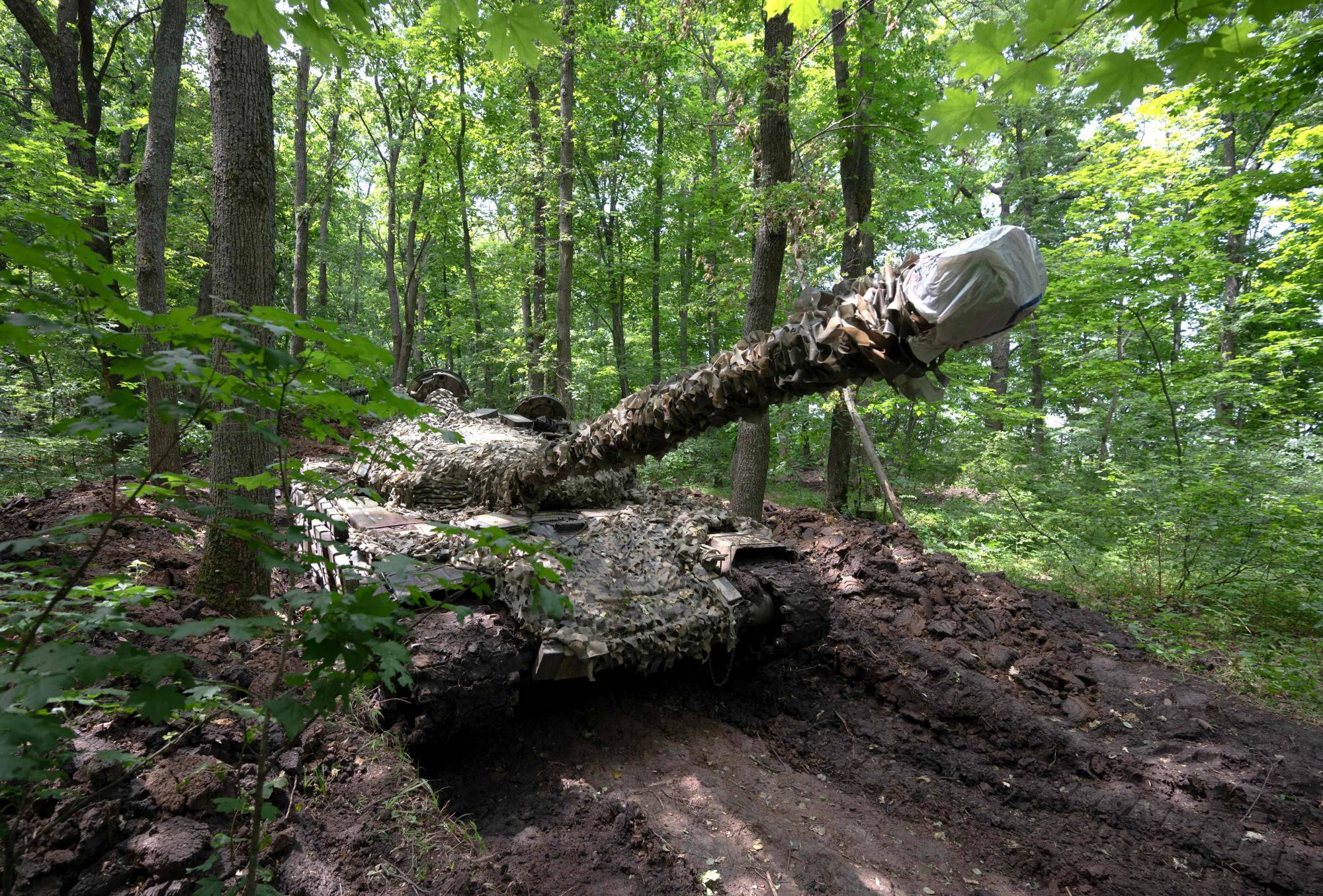
KRAMATORSK, UKRAINE – The team of soldiers had been out of their Ukrainian armored personnel carrier for only a matter of minutes when the tree line in front of them erupted in Russian gunfire. The dozen or so soldiers, sent to reinforce a trench, found themselves pinned down for hours.
“Never seen that much fire, from so many positions,” a soldier recounted in a mission report obtained by The New York Times.
One soldier fighting for Ukraine was killed and nine were wounded in the battle, which took place in March near the Ukrainian city of Bakhmut. Russian troops, the report said, showed a “high level of skill and equipment.”
The ambush was part of a patient, disciplined operation that was in contrast to the disorderly Russian tactics that marked much of the first year of the war, which began in February 2022. It was a deadly demonstration that the Russian military was learning from its mistakes and adapting to Ukrainian tactics, having grossly underestimated them initially.
Russia won ground early in the war with sheer firepower. Interviews with 17 Ukrainian soldiers, a Russian prisoner of war, officers, foreign fighters and Western officials, as well as a review of documents and videos, show that, in recent months, the Kremlin’s gains, especially in Bakhmut, have come in part because of a series of adaptations.
Russian armored columns, for instance, no longer rush into areas where they can be quickly damaged or destroyed. Troops are more often using drones and probing attacks — and sometimes just shouting — to find Ukrainian trenches before striking. And the mercenary Wagner Group has shown an ability to outpace Ukrainian defenders with a combination of improved tactics and disposable ranks.
As it begins its long-awaited counteroffensive, Ukraine is well armed, backed by improved communication technology and American and European weaponry.
But Moscow’s forces have improved their defenses, artillery coordination and air support, setting up a campaign that could look very different from the war’s early days. These improvements, Western officials say, will most likely make Russia a tougher opponent, particularly as it fights defensively, playing to its battlefield strengths. This defensive turn is a far cry from Russia’s initial plan for a full-scale invasion and Ukrainian defeat.

To be sure, along a roughly 965-kilometer (600-mile) front line, Russia’s military abilities remain uneven. Prison inmates have become part of its operations, having emerged prominently in the battle for Bakhmut, despite their lack of training. The Kremlin’s increasing reliance on “kamikaze” drones or airdropped glide bombs reflects an ammunition shortage as much as an innovative strategic shift.
“They are trying to find rear command posts of companies, brigades, and destroy them at long range to disrupt communication between units as much as possible,” said Graf, a Ukrainian drone unit commander. Mostly neutered since the invasion, the Russian air force has adapted its tactics and munitions, including glide bombs, to attack Ukrainian forces without risking their aircraft.
U.S. officials acknowledge that Russian tactics have improved. But those officials believe, based on battlefield intelligence reports, that the success in Bakhmut was largely because of Wagner’s willingness to throw prisoners into the fight, no matter the cost in lives.
But soldiers on the ground saw something else happening.
Soldiers fighting for Ukraine in Bakhmut described a fight that ended much differently from how it began. Prisoners were not as prevalent. Instead, they said, Wagner’s professional fighters coordinated ground and artillery fire on Ukrainian positions, then quickly outflanked them using small teams.
As Ukrainian territory shrunk to a final few blocks, for example, Russian forces saturated a Ukrainian-held building with artillery. Moments after they retreated, Russian troops were inside.
“The Ukrainians just couldn’t keep up,” said one foreign legion soldier. To counter Russia’s strategy, Ukrainian forces wired buildings to explode, detonating them as they retreated.

The March mission report shared with the Times alluded to this type of enemy: “Assumed to be Wagner group,” the report read. “Evidence of being well-trained.
“Used effective fire and maneuver,” it continued, describing “the best equipped Russian soldiers.”
But prowess in one area or during one mission has not yet translated widely. And U.S. officials say that while Russia has adapted its tactics, its troops overall are not growing more sophisticated.
Most experienced Russian soldiers died early in the war. Those fighting today, including lesser trained recently mobilized forces, struggle to conduct offensive operations and coordinate the movements of large military units. And Russian tanks, having suffered significant losses throughout 2022, are now frequently held back from the front line for use as a sort of artillery.
“They don’t have enough tanks right now,” Graf said. “They don’t have enough artillery to create a barrage of fire.”
The change in Russian tactics can be seen from both drone surveillance and from the depths of a Ukrainian trench.
Near the eastern Russian-occupied town of Svatove, Ruslan Zubariev, a Ukrainian soldier who goes by the call sign Predator, said the Russians used textbook tactics to try to break through his line of trenches in February.
“They have changed tactics in the last six months,” he said, describing an assault that relied on a certain degree of strategy atop brute force.
For four days, Russian shelling destroyed the foliage overhead to reveal Ukrainian positions. Then, he said, they advanced with an armored personnel carrier flanked by about a dozen soldiers.
But in an indication of the limits of tactical improvements, Zubariev said, the Russians did not have enough intelligence about the locations of the Ukrainian trenches. In the ensuing battle, which he captured on video, Zubariev, 21, managed to stop the Russian assault almost single-handedly.
“They did everything perfectly,” he said. “But something didn’t work out for them. Not enough information, as always.”
Around the eastern town of Kreminna, where Russian forces dug in after being pushed back in the northeast in September, both sides take turns launching small offensive operations in a sort of a dance.
“Both sides are trying to prove to the enemy that we will now advance,” Graf said. “And no one is sure who will do it, or where it will be done.”

Around Bakhmut, Ukraine has gained territory in recent days to take key high ground. Russian forces are hemorrhaging casualties trying to defend the city that sits in a sort of bowl. Russian troops have turned to former prison inmates, a tactic first used by Wagner, to dig trenches, according to a recently captured Russian soldier who was a former inmate.
Russian trenches have frequently proved better built than their Ukrainian counterparts, Ukrainian soldiers said. The March mission report said the bunkers were akin to “Vietnam-style spider holes” and “so deep as to be undetectable by drone.”
Such defensive positions will pose formidable challenges, said one U.S. official, and it is too soon to judge whether Ukraine can overcome them. Russian defenses are arrayed in layers and, despite months of setbacks and casualties, have shown a resolve to keep fighting.
Russia’s air defenses remain punishing, as do its abilities to jam radios and down drones. As Ukrainian forces advance, troops will be more exposed to Russian air support.
“What will happen next — who the hell knows,” Zubariev said. “Paying with how many losses — they do not care.”
https://www.japantimes.co.jp/news/2023/06/18/world/russia-learning-from-losses/


